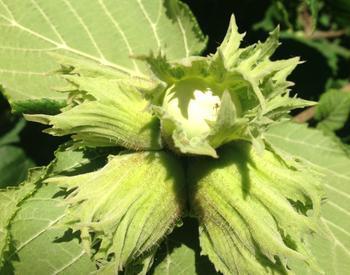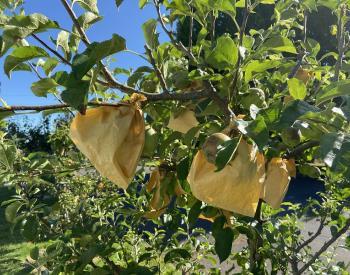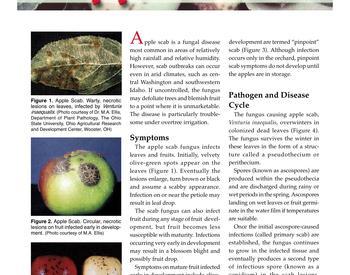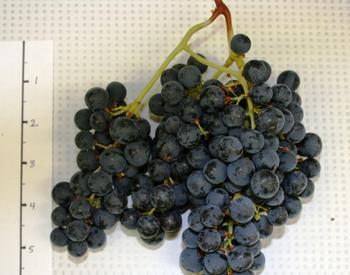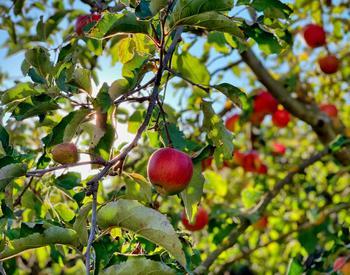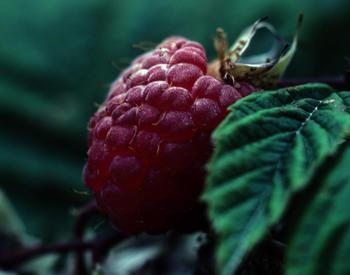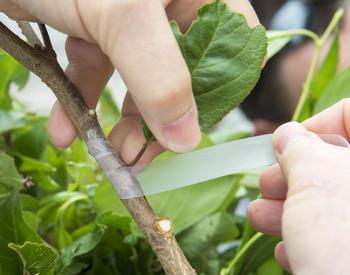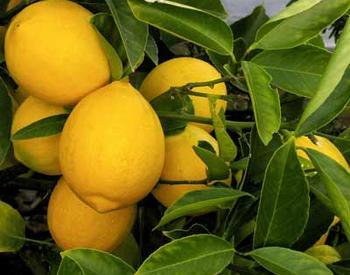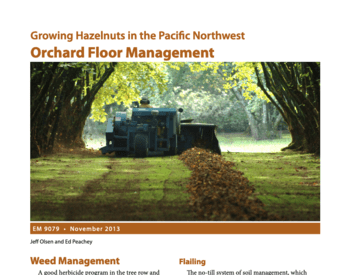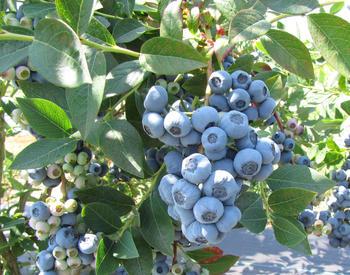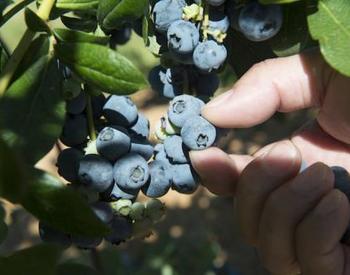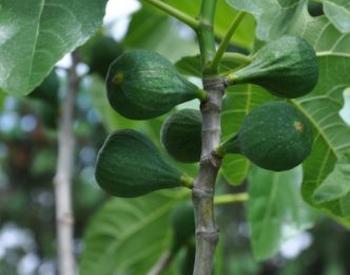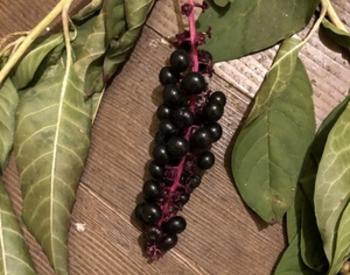Tree fruits are one of the more challenging crops for the Klamath gardener. Even when everything is done just right, there will be years when damaging frost and bloom time intersect, resulting in no fruit. Recognizing the issues common to fruit trees in our area can help gardeners harvest more fruit — through taking the right action at the right time.
In many cases, proper timing of any treatment or remedy is the key to success — a particular challenge when we don’t understand the problem until the “treatment window” has passed. A gardening journal can be a helpful tool — a place to store observations, dates, odd temperature and weather anomalies, and harvest information. A journal is also a good place to record whether treatments were successful … and to make reminders regarding timing treatments the following year. Following are some common tree fruit issues frequently encountered at the Extension office and resources for addressing them.
Low fruit set
Pollinated flowers are necessary for fruit to develop. Frozen pollen is not viable for fruit production. Likewise, when flowers are open and temperatures are low, few or no pollinators are active to do the job. Some flies are active and do some pollination when temperatures are in the low 40s, bumblebees show some activity in the high 40s, and honeybees need a minimum temperature of 55º to be active.
It is not unusual in our region for fruit trees to bloom after a period of warmer weather followed by a hard frost. Unless the blooms are protected, there will be little fruit. This is one of many reasons to consider vigorous pruning to keep fruit trees small. Compared to larger trees, smaller trees are easier to protect from frost, treat for disease and pick fruit from. Protecting open blooms from freezing, when possible, is the only action a gardener can take against this issue.
Codling moth
A stealthy pest of apples, codling moths fly and lay eggs at night. Their tiny larvae “worm” their way into apples as they begin to develop. One of the first visible signs of this pest is the exudate of frass and webbing that comes from a hole in the apple — too late to treat. Codling moth management includes understanding when the adult moths will be active, then treating the tree when egg laying is occurring.
Entomologists predict this emergence using “degree day” calculations based on the amount of time temperatures are above a “base” — usually 50º or 55º F. In central Oregon, a service called “Project Happy Apples” communicates this information to homeowners via email — calculations are performed for the area, then alerts go out at appropriate time to take action. Find out more about Project Happy Apples.
Gummosis
More a symptom than a disease in itself, gummosis can be caused by both bacterial and fungal issues in the tree, and is commonly seen in stone fruits (plum, cherry, peach). A variety of other issues can also result in gummosis, including overfertilization.
A gummy substance is exuded from the tree, and sometimes, the fruit itself. Reducing gummosis is best achieved by a variety of cultural practices throughout the year. Learn more about gummosis here: Cherry (Prunus spp.)-Gumming.
Canker
Another sign of bacterial (or occasionally fungal) disease, cankers are particularly common in plum trees in the Klamath Basin; the Extension office sees many cases of this each year. These often start off as cracks in the bark — weed eater wounds or freeze/ thaw damage.
Bacteria or fungi enter the wound and begin a slow, steady infection of the tree's vascular system, which delivers water and nutrients throughout the tree. Canker lesions are often long and narrow, and these lesions may also have gummosis, especially in very wet springs. Canker management is multi-faceted: Cherry (Prunus spp.)-Bacterial Canker.
Peach leaf curl
This fungus starts out as red spots on the leaves, then distorts and curls the leaves as cells in the leaf structure are compromised. Cool, wet springs are ideal for development of this disease. Rarely, fruit is affected, causing corky, hard sections. Because fruit is rarely affected, some gardeners might choose to accept the distorted leaves — but if the fungus is allowed to build up over years, it can cause death of the tree.
Treatment is most effective in the fall after leaves have fallen — not in spring when symptoms are noticed. Often, a single copper spray in the fall can manage this disease. Remembering to do the treatment in the fall, long after visible symptoms serve as a reminder, is key.
For more information on peach leaf curl, check out this fact sheet from the University of California: How to Manage Pests.

